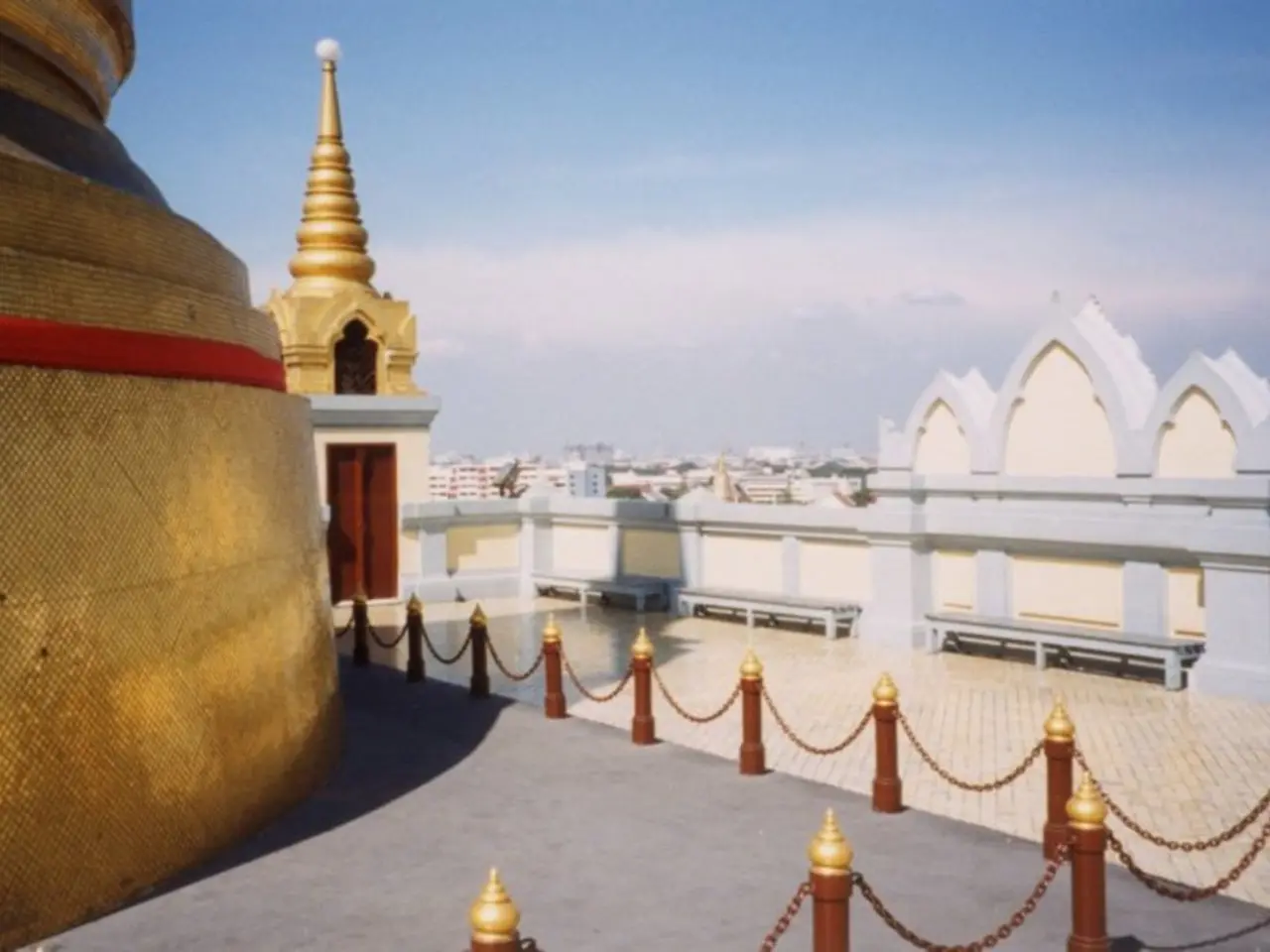A Tuscan-style house refers to a specific type of Mediterranean-influenced architectural design, highlighting key features such as:
In the heart of America, a piece of the Mediterranean is beautifully captured in the Tuscan-style homes that dot the landscapes of various states. This architectural style, heavily influenced by the neoclassicism of the Renaissance, has found a warm welcome in the western regions, particularly California, due to the similarities in climate.
Tuscan homes, much like their European counterparts, boast terracotta-tiled roofs, limewashed stone facades, and stylized wrought-iron features. But, in the U.S., these homes have evolved, adopting more lavish additions like ornate stucco and intricate ironwork.
Historically, Tuscan properties were smaller and darker, designed to keep light and heat out. However, today's Tuscan-style homes in the U.S. boast airy, open-plan living room layouts and ornate features. The indoor spaces are defined by warm color schemes, with warm and earthy tones, aged with a sun-faded appearance.
Furnishing in Tuscan-style homes takes on a farmhouse appearance with solid and heavy woods, bench seating at a heavy wooden table, wrought iron fixtures, handrails, and accessories like candlesticks. Plush, overstuffed seating with natural fabrics like linen and cotton is common, providing a comfortable and inviting ambience.
One of the defining features of a Tuscan-style house is the Mediterranean garden, often taking the shape of a loggia or courtyard. Indoor/outdoor spaces like loggias are common, allowing residents to take advantage of the temperate climates.
In the U.S., Mediterranean style homes, including Tuscan, use thick walls for insulation from exterior temperatures. This design element, along with the use of natural materials such as limestone floors, terracotta tiles, beamed or coffered wood ceilings, and abundant stained and carved wood trims, provides a perfect backdrop for Mediterranean interior decor.
Lighting in Tuscan-style homes tends to be warm, with shaded fixtures or amber-toned glass: wrought iron chandeliers, minimal coverings on arched windows.
The Tuscan architectural style in the United States was notably popularized by architects and organizations inspired by Italian Renaissance traditions. While specific individual names or organizations are not detailed, it is understood that these architects adapted Italian Renaissance elements in American residential and public buildings, often drawing from Tuscan villas and palaces as models.
Scott Sottile, Partner at Ferguson & Shamamian Architects, describes Mediterranean style as architecture from Italy and Spain from the Renaissance onward. Tuscan architecture, being a direct interpretation of Mediterranean styles, references farmhouses from agricultural regions like Tuscany.
In conclusion, the Tuscan-style house, with its warm and inviting ambience, has become a prominent part of America's architectural history, much like ranch-style houses. Whether it's the textured walls, the plush seating, the Mediterranean garden, or the warm lighting, each element contributes to the charm and allure of these homes.
Read also:
- Budget cuts at federal and state levels jeopardize advancements in fighting HIV and AIDS within Dallas County
- Strategies for Maintaining and Boosting Physical Activity as You Grow Older
- Understanding Prediabetes: A Precursory Condition to Diabetes
- Strategies for Strengthening a Nigerian Infant's Immune System







